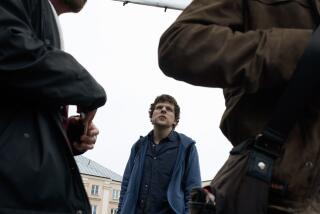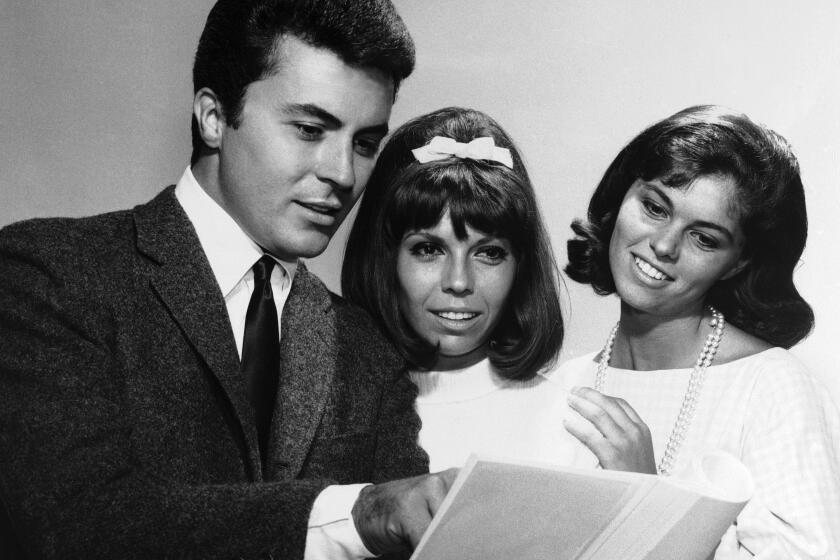Why Would Anyone Laugh at ‘Schindler’s List’? : Hollywood Hasn’t Taught History to Blacks
There is nothing more galling than hearing people laugh at an image or idea that you take very seriously. With each chuckle your head aches with anger and your eyes fill with tears.
That is how some patrons at the Grand Lake Theater in Oakland felt when a group of high school students laughed through parts of Steven Spielberg’s World War II Holocaust epic, “Schindler’s List.”
Since then, everyone from CNN to Steven Spielberg has been speculating on what was behind that disturbing laughter. Were the students “desensitized to violence”? Uncomfortable? Or merely rude?
Underlying these questions is a deeper one: How could anyone laugh at the extermination of the Jews and other minorities by the Nazis all over Europe?
Answer: They were laughing not at the Holocaust but at the movie.
The truth is, few African Americans go to the movies--even “serious” movies like “Schindler’s List”--expecting a $7 epiphany. We’re used to distancing ourselves from what we see on the screen, not identifying with it. We’re used to laughing. How else can we deal with the absurdly degrading portraits of ourselves we see on the screen--or with our total invisibility?
My mother watches a cable channel dedicated to “classic” American movies. She enjoys the comedies, musicals and dramas that she grew up with, calling them “good old movies.”
*
Occasionally I watch them with her. I like to pick out how many black people are in the movie, and what their roles are. Inevitably, every face that resembles my own is a shucking and jiving servant, or some similar stereotype.
Even today, when a black character makes it halfway through a horror flick without making some stupid blunder that allows him to be killed, I celebrate it as a change in the status quo.
“Burn Hollywood burn I smell a riot going on
First ya guilty now ya gone
I’ll check out ya movie but it will take a black one to move me.”
*
Chuck D of Public Enemy recorded that rhyme two years before the Los Angeles rebellion, summing up what actually lies at the heart of the current controversy.
The students were taken to see “Schindler’s List” on Martin Luther King Jr. Day, a day supposedly set aside for them to acknowledge and honor their own struggle. The idea was that these kids might better understand their own painful experience through identifying with another’s.
*
But these young people are taught so little of their own history, they barely have the context to understand their own lives. Try imagining asking a group of young Jews to memorialize the Holocaust by watching “Roots.” While the number “6 million” is etched in our national consciousness, how many of us know the much greater number of Africans who were murdered or uprooted in the slave trade? What does “never again” mean to young people who see the bodies of their brothers, friends, sisters, mothers carried out of the ghetto on a regular basis?
Anna Raquel, a 23-year-old apprentice teacher of African-Panamanian descent, suggests that there are better ways to teach a group of African American students about their ancestor Martin Luther King Jr. than to bring them to a Hollywood movie.
“We should question Hollywood’s teaching qualifications,” the San Francisco woman says. “Can a money-making industry that has historically exploited them teach these young people anything new about oppression? We might better have asked: Is Hitler really dead? And then learn from the students.”
More to Read
Only good movies
Get the Indie Focus newsletter, Mark Olsen's weekly guide to the world of cinema.
You may occasionally receive promotional content from the Los Angeles Times.










